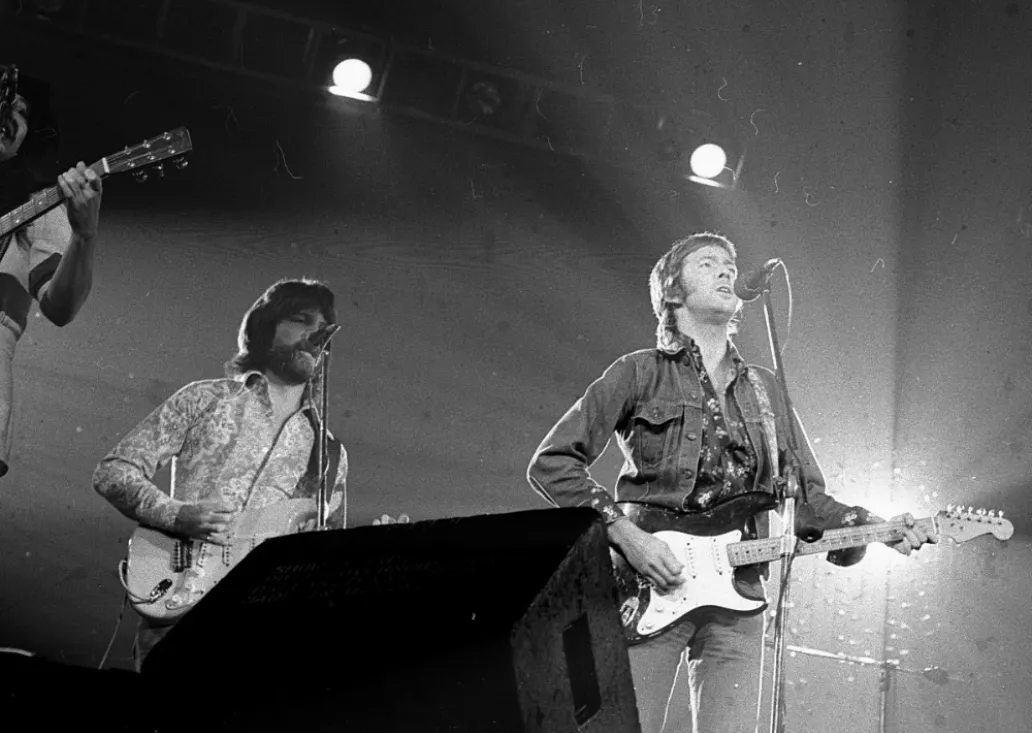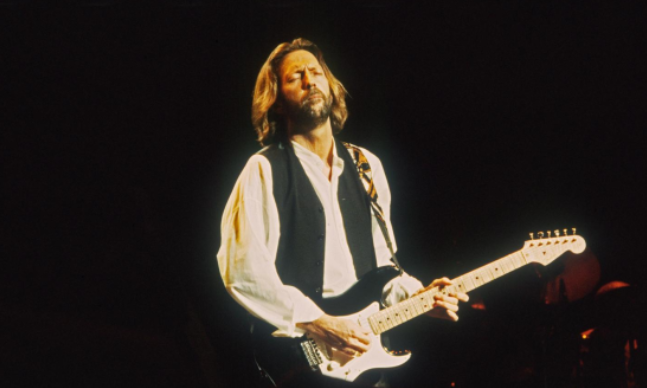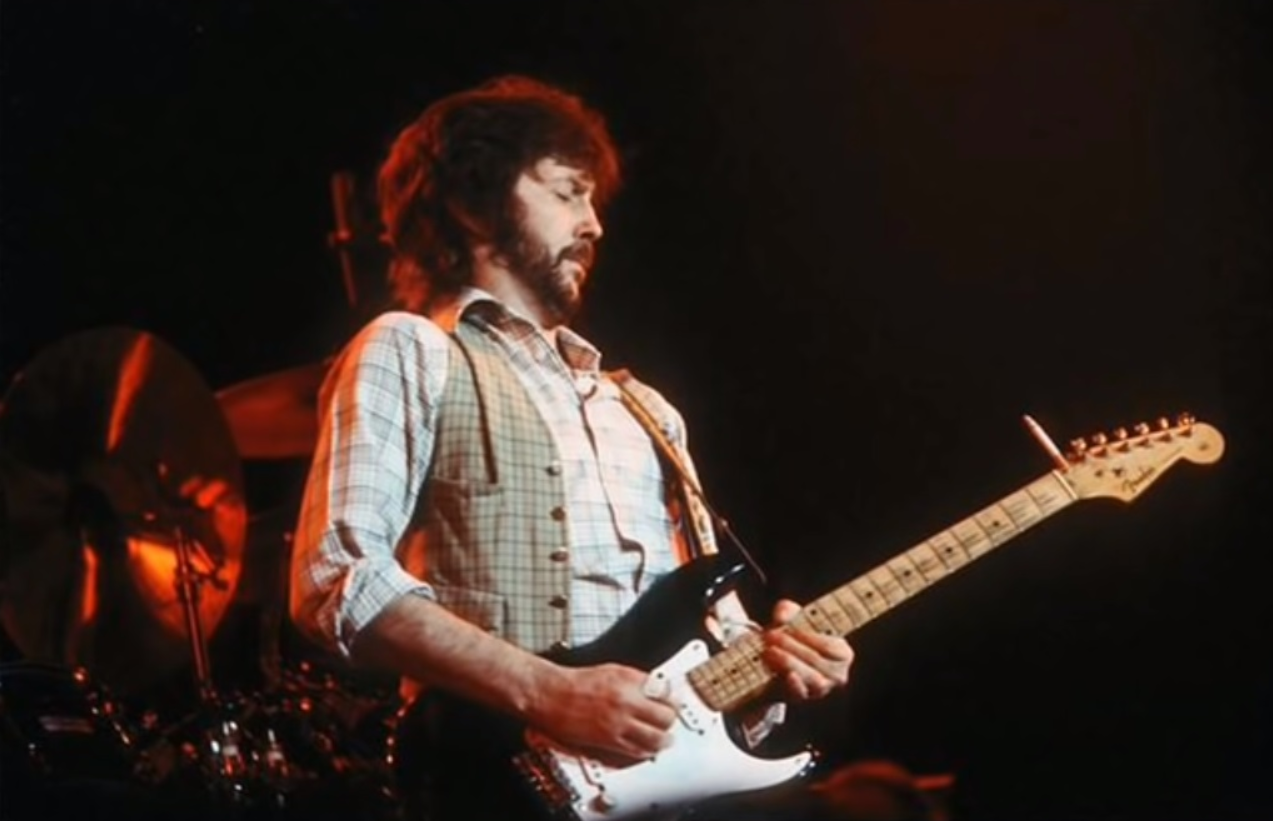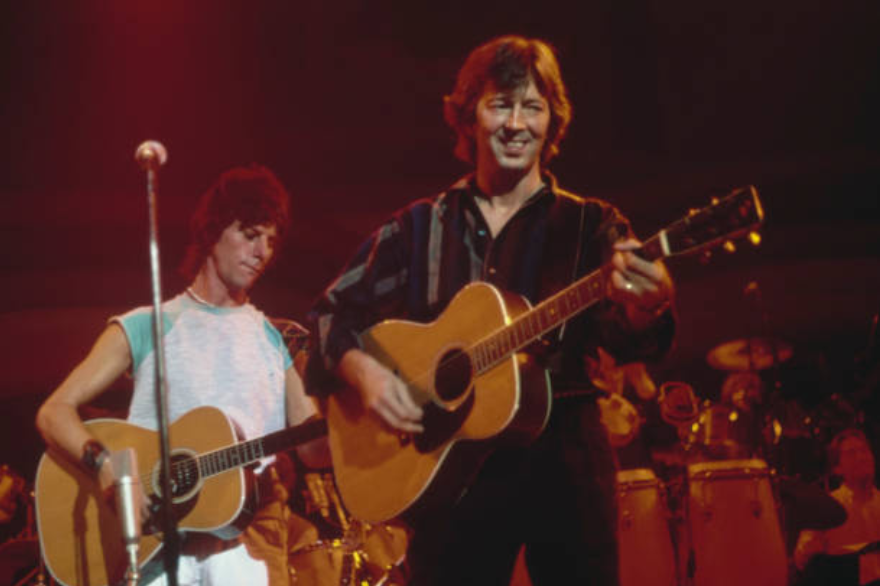The Soulful Journey of "Little Wing" by Eric Clapton: An In-Depth Exploration
(watch the video below)
"Little Wing" is more than just a song; it's a timeless masterpiece that transcends boundaries of genre and time. Originally penned by the legendary Jimi Hendrix, "Little Wing" has been covered by numerous artists, each bringing their unique interpretation to this musical gem. Eric Clapton's rendition stands out as a heartfelt homage to the original while infusing his signature style, creating a rendition that resonates deeply with listeners worldwide. In this essay, we delve into the multifaceted layers of Clapton's rendition of "Little Wing," exploring its historical context, musical elements, lyrical significance, and enduring legacy.
To fully appreciate Clapton's rendition of "Little Wing," it's essential to understand its historical context. Jimi Hendrix, the visionary guitarist and songwriter, originally recorded "Little Wing" for his 1967 album "Axis: Bold as Love." The song emerged during a pivotal period in music history, amidst the psychedelic revolution of the 1960s. Hendrix's innovative approach to guitar playing and songwriting revolutionized the music scene, inspiring countless musicians, including Eric Clapton.

Clapton's admiration for Hendrix was profound, and his decision to cover "Little Wing" was undoubtedly influenced by his reverence for the guitar virtuoso. Clapton's rendition of the song was featured on his 1970 album "Layla and Other Assorted Love Songs," recorded with Derek and the Dominos. This album marked a significant moment in Clapton's career, showcasing his prowess as both a guitarist and a vocalist.
At its core, Clapton's rendition of "Little Wing" is a testament to his exceptional skill as a guitarist. From the opening notes, Clapton captivates listeners with his soulful interpretation of Hendrix's iconic melody. His tone is rich and emotive, conveying a depth of feeling that is both haunting and beautiful. Clapton's use of dynamics adds further dimension to the song, with moments of quiet introspection contrasting with soaring guitar solos that seem to reach for the heavens.
One of the most striking aspects of Clapton's rendition is his fluidity and control over the instrument. His phrasing is impeccable, with each note carefully articulated to convey maximum expression. Clapton's use of vibrato and bending techniques adds a vocal-like quality to his playing, imbuing the song with a sense of longing and melancholy.
In addition to Clapton's virtuosic guitar work, the arrangement of "Little Wing" is also noteworthy. The interplay between Clapton's guitar and the accompanying instrumentation is seamless, with each element complementing the other to create a lush sonic tapestry. The rhythm section provides a solid foundation, allowing Clapton's guitar to take center stage while enhancing the overall groove of the song.

While "Little Wing" is primarily known for its instrumental prowess, the lyrics also play a significant role in conveying its emotional impact. Hendrix's original lyrics are poetic and evocative, painting a vivid picture of love, longing, and transcendence. Clapton's decision to cover the song speaks to its enduring relevance and universal themes.
The imagery in "Little Wing" is rich with symbolism, drawing upon elements of nature and the human experience. Lines such as "When I'm sad, she comes to me / With a thousand smiles, she gives to me free" evoke a sense of comfort and solace in the midst of sorrow. Similarly, the image of a butterfly fluttering in the wind serves as a powerful metaphor for the fleeting nature of life and love.
Clapton's delivery of the lyrics is heartfelt and sincere, adding an extra layer of emotional depth to the song. His soulful vocals convey a sense of vulnerability and raw emotion, drawing listeners in and inviting them to experience the song on a deeper level. Through his interpretation of Hendrix's lyrics, Clapton captures the essence of "Little Wing" and makes it his own.
Nearly five decades after its release, Clapton's rendition of "Little Wing" continues to captivate audiences around the world. Its enduring legacy is a testament to the timeless quality of the music and the profound impact it has had on generations of listeners. Clapton's interpretation of the song remains a defining moment in his career, showcasing his remarkable talent as a musician and his ability to connect with audiences on a profound level.

Moreover, "Little Wing" serves as a reminder of the enduring influence of Jimi Hendrix and his lasting legacy on the world of music. Hendrix's innovative approach to guitar playing and songwriting continues to inspire musicians of all genres, transcending barriers of time and space.
In conclusion, Eric Clapton's rendition of "Little Wing" stands as a testament to the power of music to transcend boundaries and speak to the human soul. Through his masterful guitar work and soulful vocals, Clapton breathes new life into Hendrix's timeless classic, creating a rendition that is as poignant and relevant today as it was over half a century ago. As long as there are ears to hear and hearts to feel, "Little Wing" will continue to soar, reminding us of the enduring power of music to touch our lives in profound and meaningful ways.



